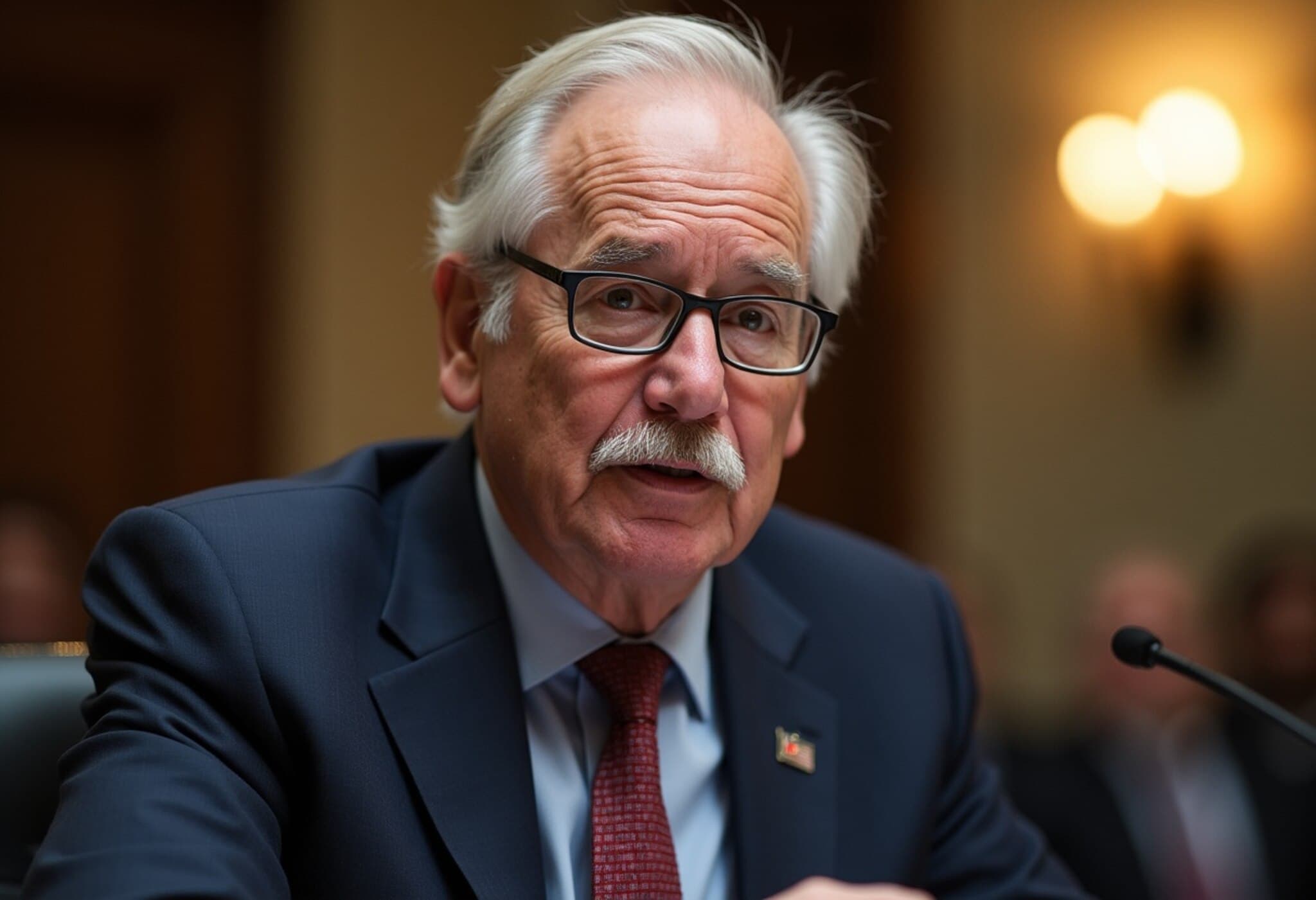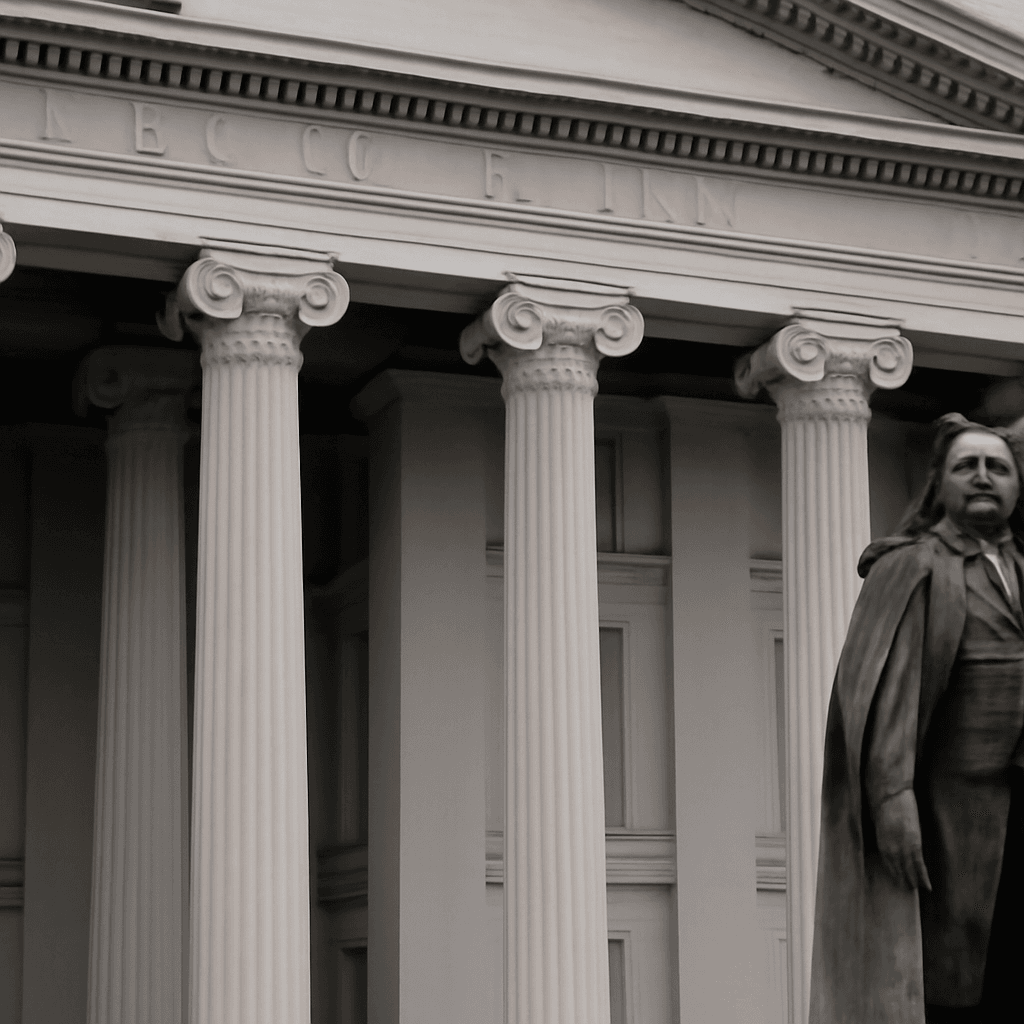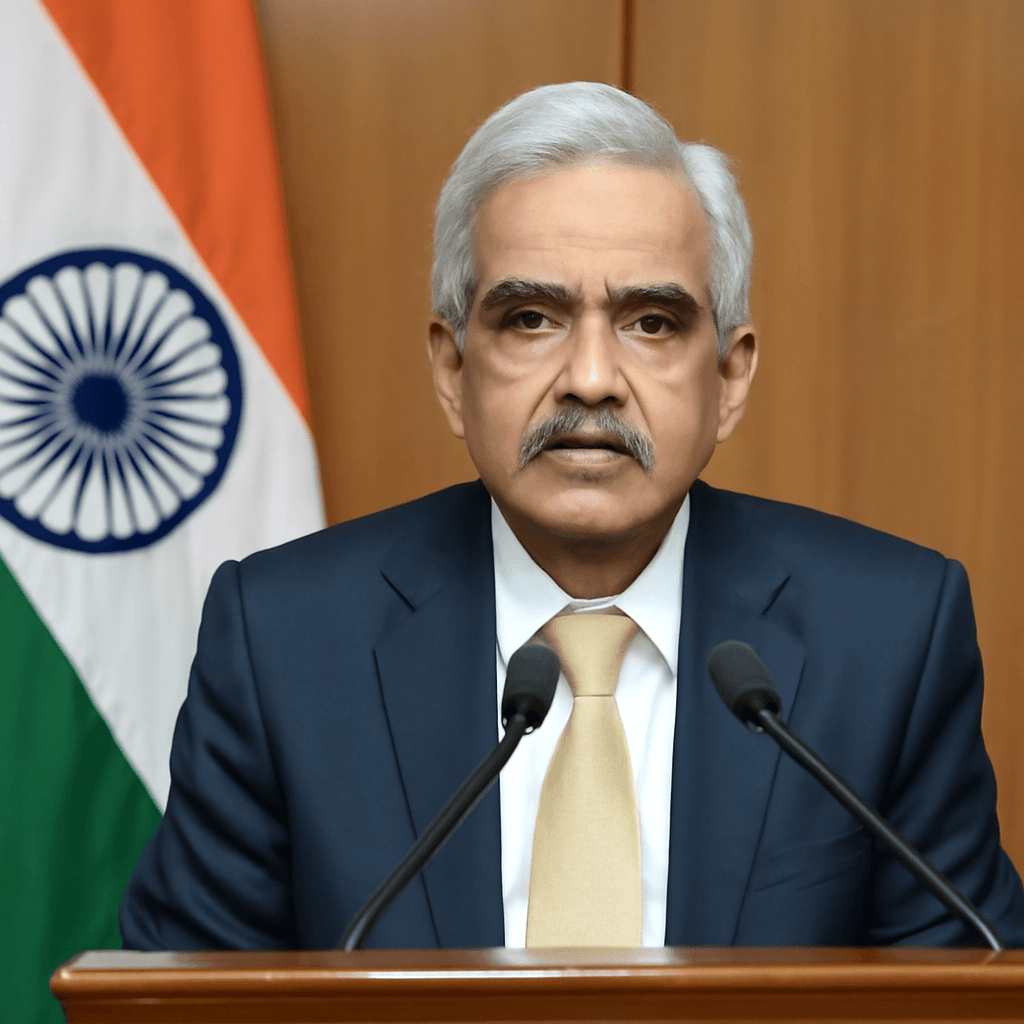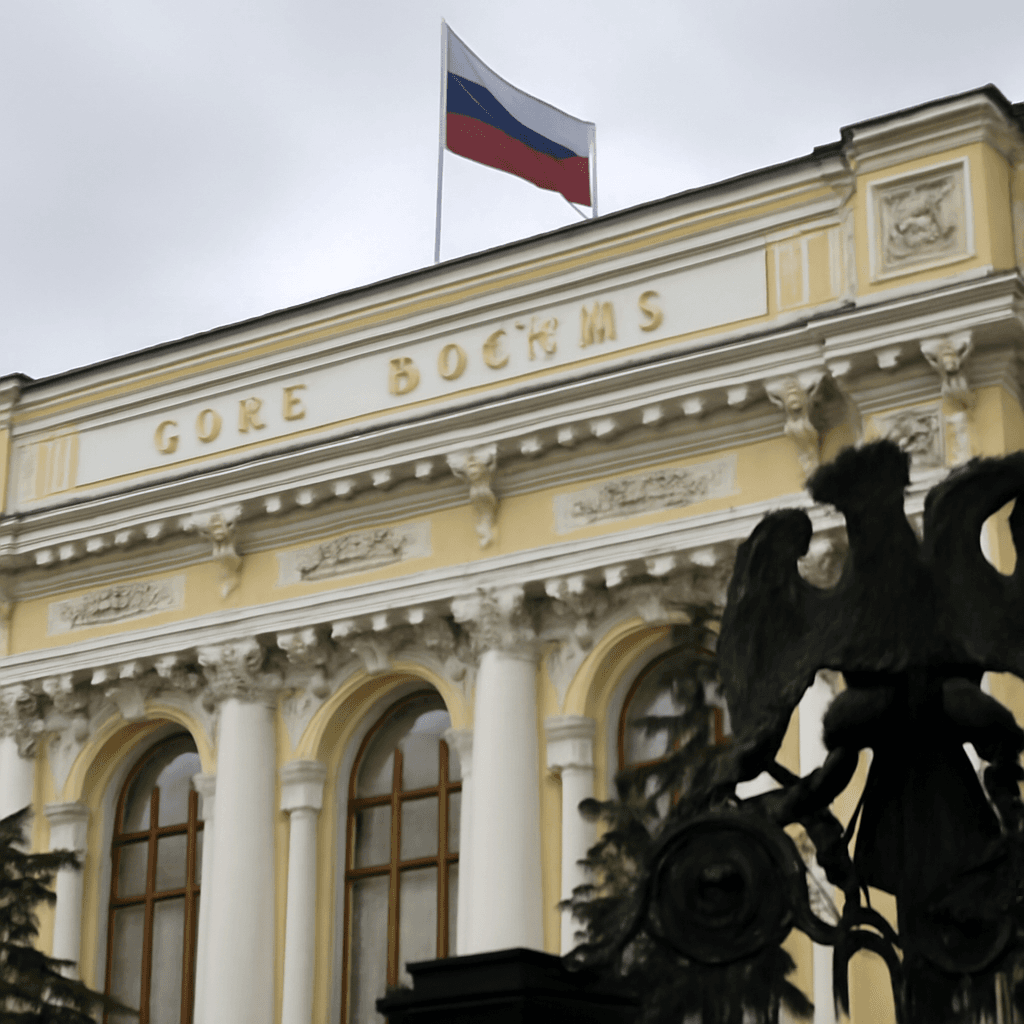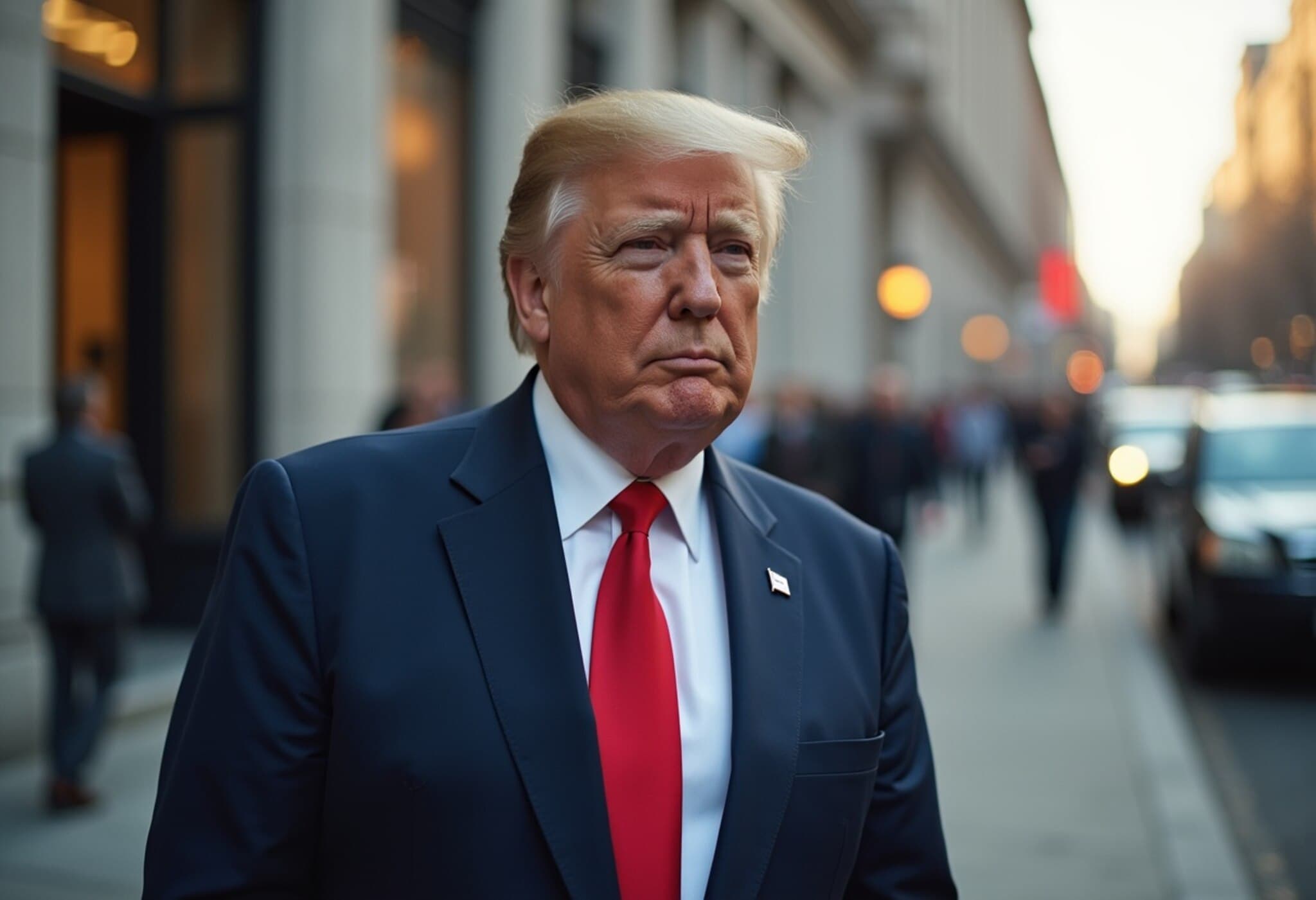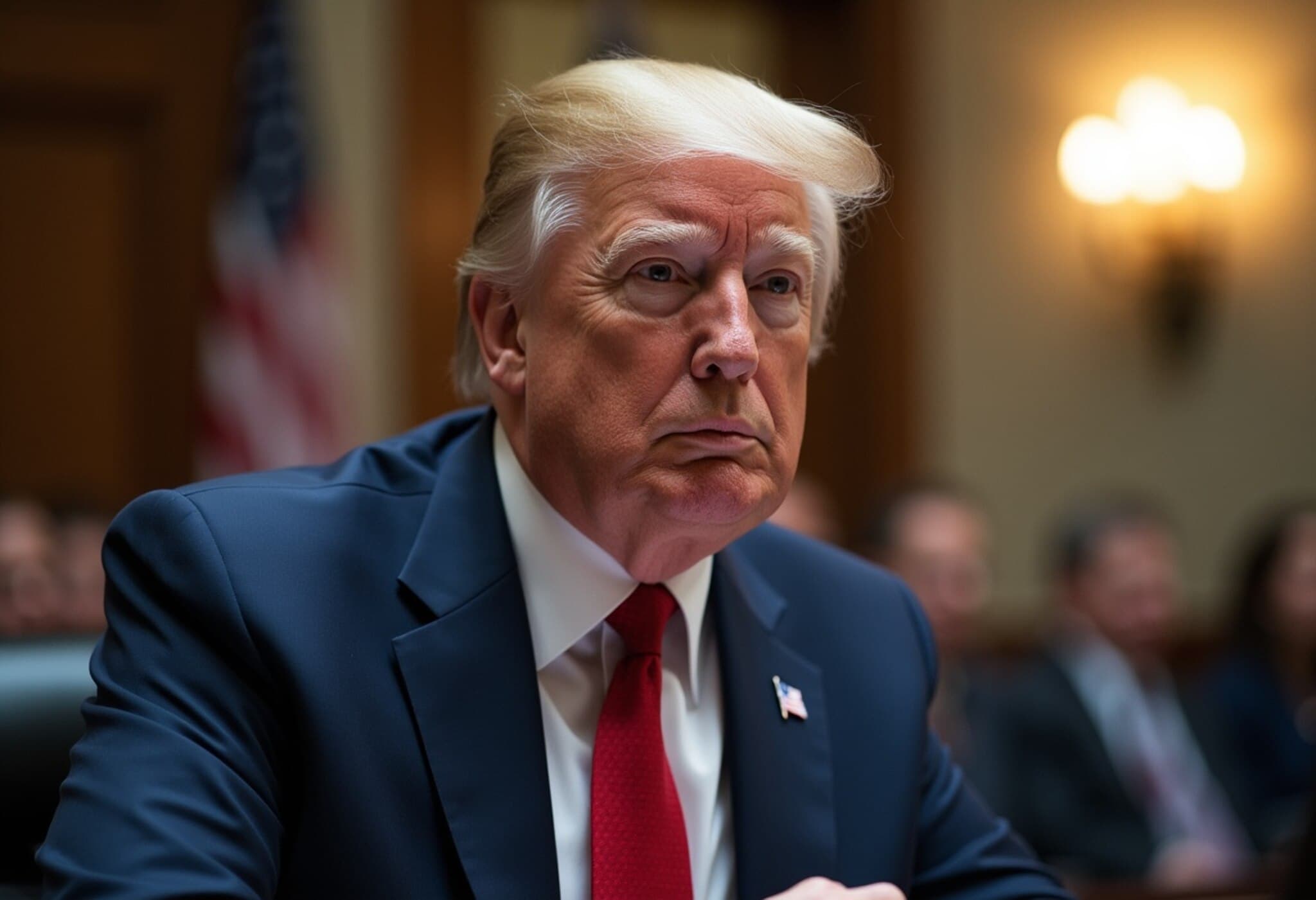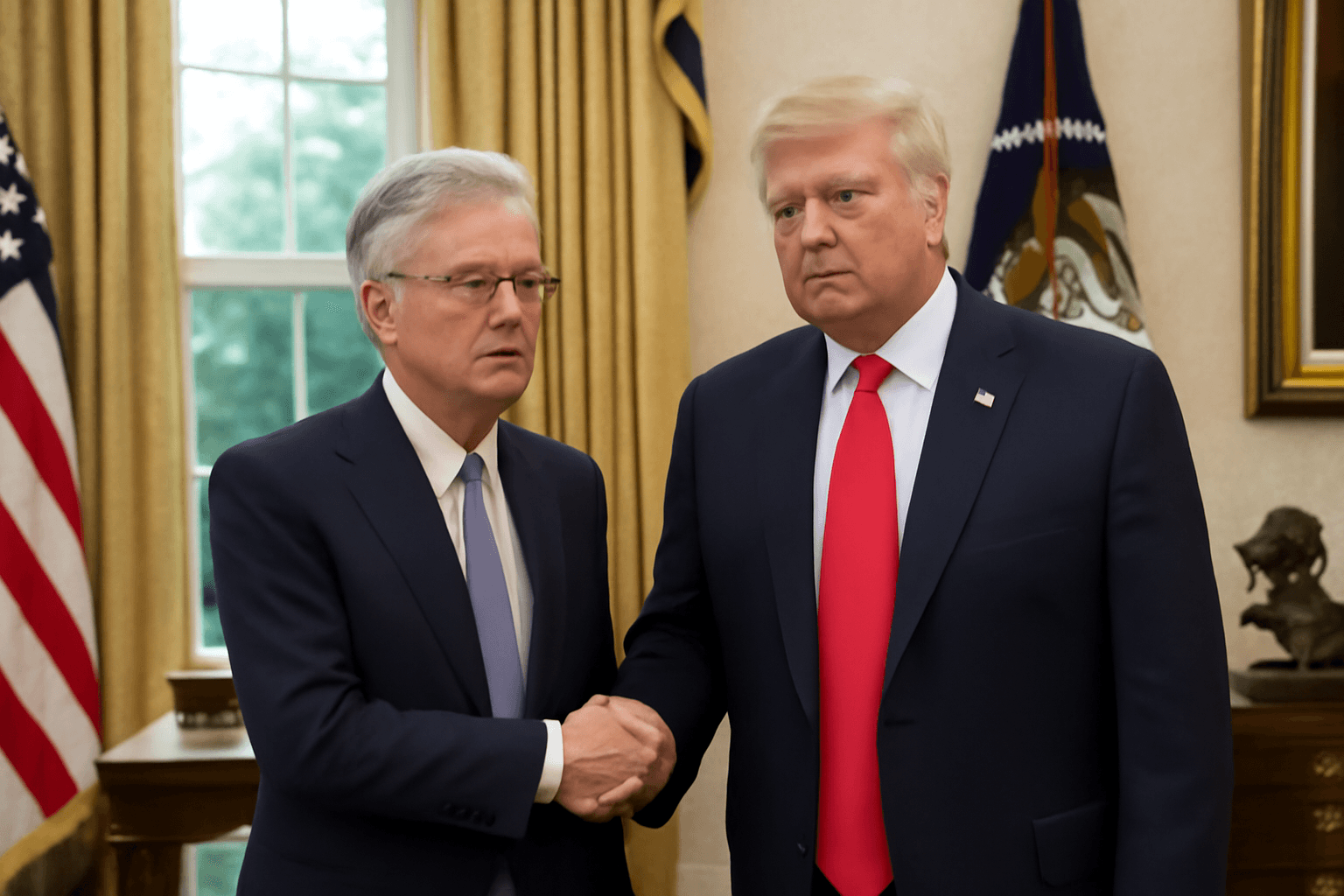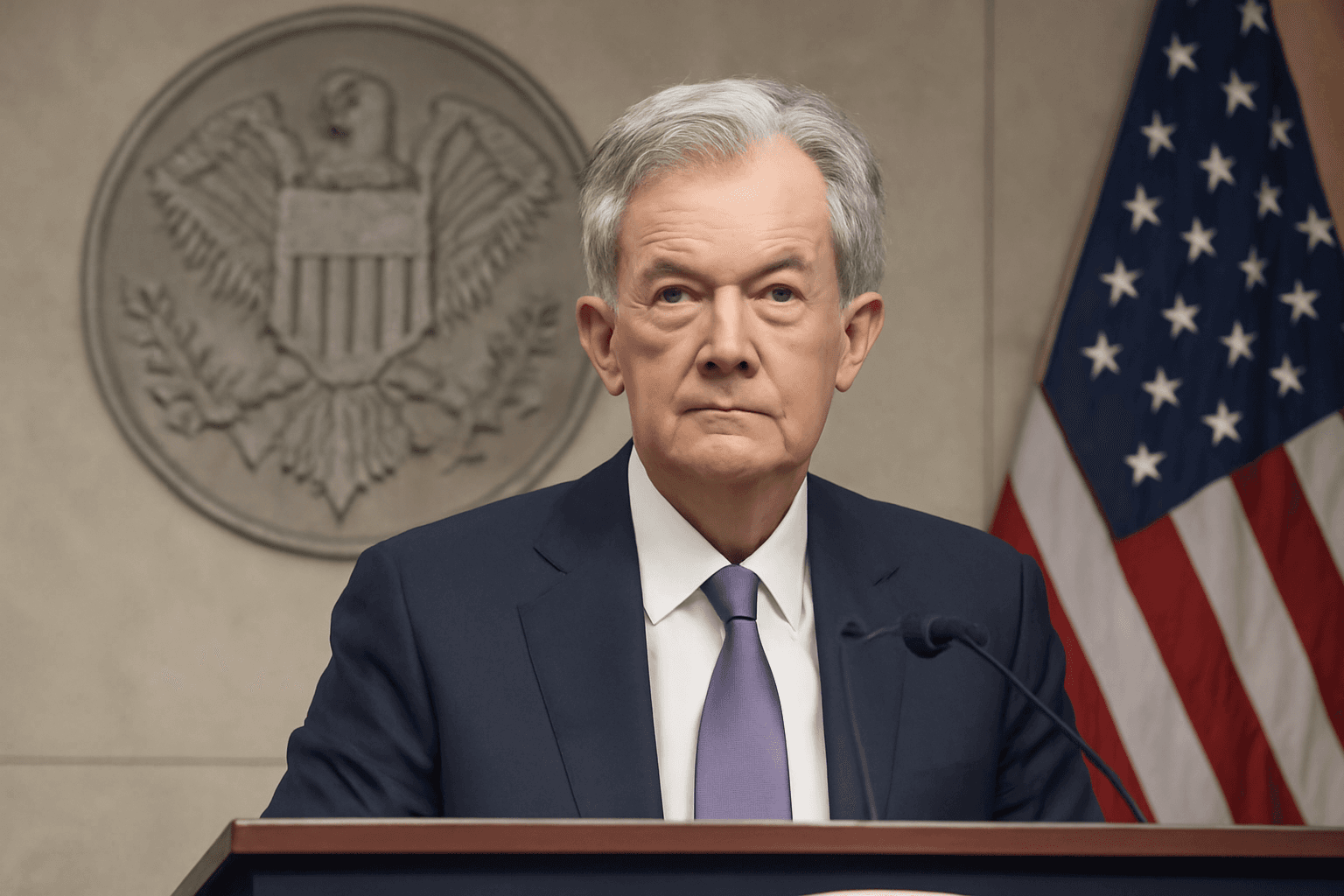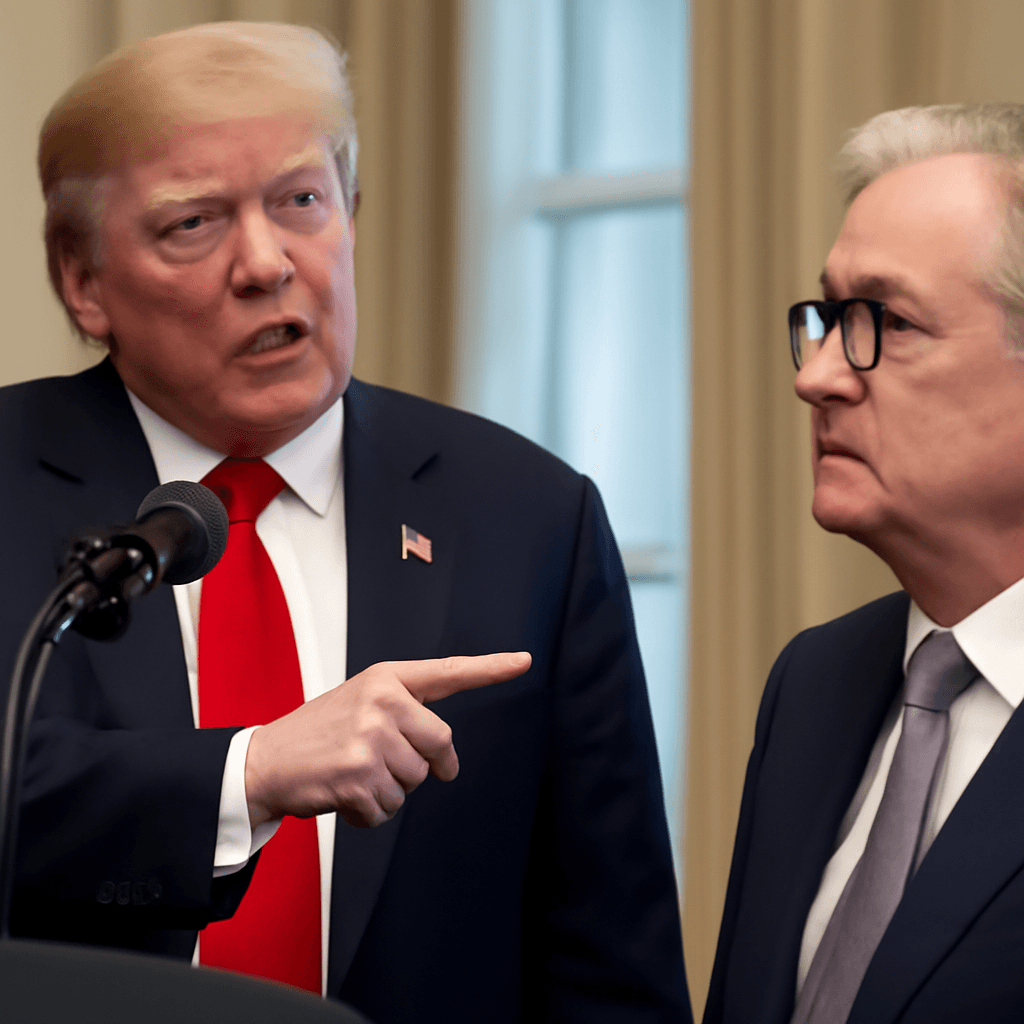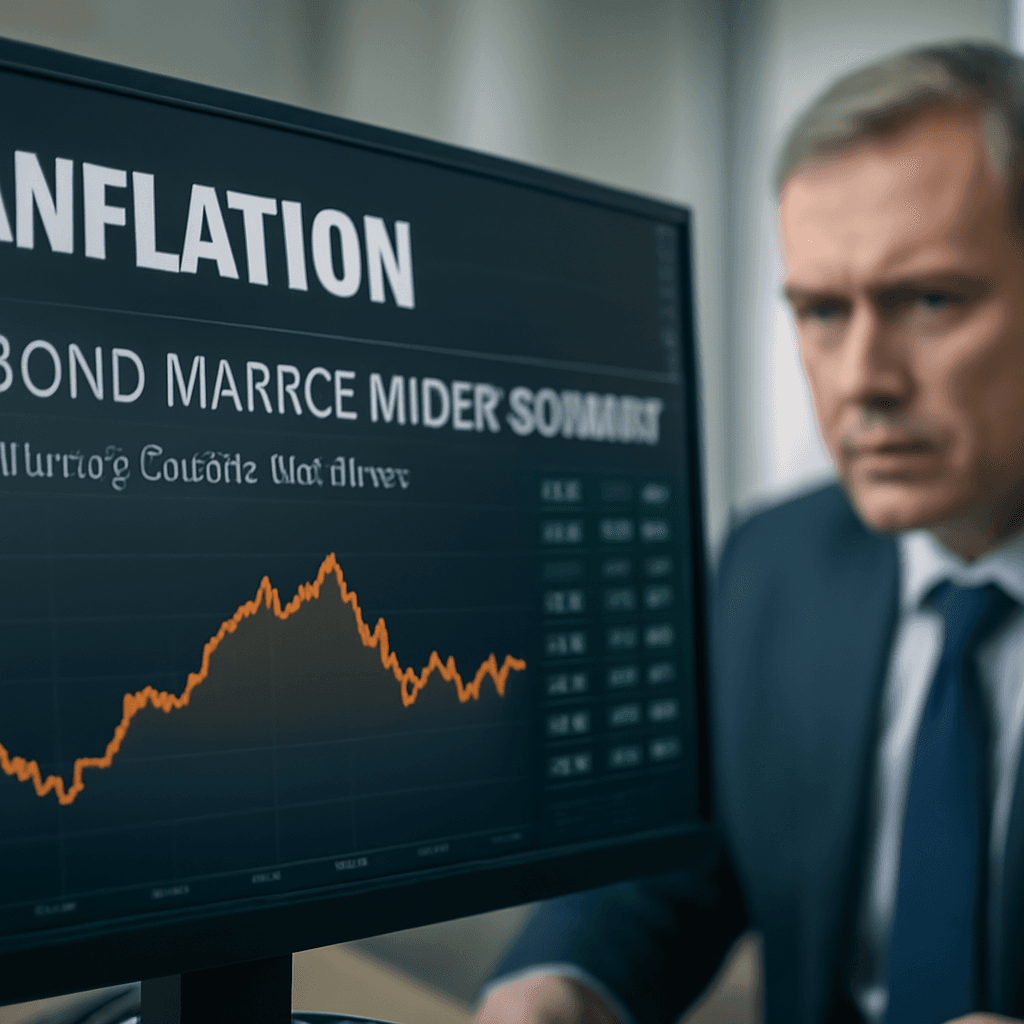Former Fed Governor Kevin Warsh Urges Fundamental Reform at Federal Reserve
Kevin Warsh, who previously served as a Federal Reserve Governor and is reportedly among the leading contenders to replace Jerome Powell as Fed Chair, made a bold appeal for transformative changes in how the central bank operates. Speaking during a CNBC interview on July 17, 2025, Warsh emphasized the urgency of a 'regime change' at the Fed. He also proposed a strategic alliance between the Federal Reserve and the U.S. Treasury Department to better coordinate fiscal and monetary policy in today’s complex economic landscape.
The 'Credibility Deficit' and Political Undercurrents
Warsh did not mince words when he criticized the current Federal Reserve leadership, highlighting a perceived "credibility deficit" under Chair Jerome Powell’s tenure. This criticism echoes sentiments from President Donald Trump, who has publicly expressed frustration with Powell and the Fed's reluctance to lower interest rates amid economic pressures. Warsh remarked, “Their hesitancy to cut rates, I think, is actually quite a mark against them.”
The tension stems from a clash between the Fed's traditional goals—maintaining low inflation and maximizing employment—and the political desire to ease borrowing costs on the nation’s towering $36 trillion debt. Warsh’s remarks suggest that the existing Fed leadership’s caution has contributed to diminished confidence both in markets and among political leaders.
Warsh’s Position Among Potential Fed Leaders
Widely viewed as a serious candidate to succeed Powell when his term ends in May 2026—or possibly sooner, given Trump’s insinuations about firing Powell—Warsh’s views align closely with the President’s demand for more aggressive monetary easing. However, Warsh’s vision also goes beyond a mere pivot on rates. He anticipates institutional reform that recalibrates the relationship between the Fed and Treasury.
Call for a New Treasury-Fed Accord: Learning from History
One of Warsh’s most intriguing proposals is the idea of a new "Treasury-Fed accord," reminiscent of the landmark 1951 agreement that resolved conflicts between fiscal policy and the central bank’s independence. This accord, Warsh argues, is necessary to address the current impasse caused by high government debt and divergent policy objectives.
“We need a new Treasury-Fed accord, like we did in 1951 after another period where we built up our nation’s debt,” Warsh explained. This accord would establish transparent, cooperative frameworks allowing both institutions to clearly communicate market objectives around the size of the Fed’s balance sheet, fiscal debt management, and monetary policy.
Quantitative Tightening and Rate Cut Debate
Currently, the Fed is engaging in quantitative tightening—gradually shrinking its balance sheet by letting debt mature without reinvesting proceeds—a process Warsh generally supports but believes is unbalanced without adjustments in interest rate policy. He suggested that a rate cut could help restore moderation and synchronization between monetary policy tools.
Nonetheless, recent market reactions complicate the picture. The last Federal Reserve rate cut was followed by rising Treasury yields, pointing to nuanced investor expectations. Warsh pointed out that although markets are anticipating steady rates in the upcoming July Fed meeting, rate cuts might start as early as September to ease financial conditions.
Broader Implications and Unanswered Questions
- Balance of independence and coordination: Warsh’s advocacy for a close partnership between the Fed and Treasury raises questions about central bank independence—long considered a cornerstone for credible monetary policy.
- Political pressures influencing monetary decisions: The ongoing conflict highlights how politics and economics intertwine, especially when inflation, debt, and employment levels sag in a challenging global environment.
- Market implications: How would markets react to a formalized Treasury-Fed accord especially in the context of inflation risks and borrowing costs? What risks could this carry?
Expert Insight: Navigating a Complex Economic Landscape
Warsh’s call for reform resonates powerfully amidst today’s economic uncertainties—rising debt burdens, inflation concerns, and geopolitical tensions. By pushing for an updated framework between the Treasury and Fed, he aims to create a more coherent approach to managing the nation’s vast fiscal responsibilities and monetary policy ambitions. Yet, this idea must balance the need for operational independence with accountability to public economic goals.
As the Fed’s leadership transition looms, Warsh’s vision may influence the debate over how monetary policy adapts in an era where financial stability and economic growth require as much cohesion as prudence.
Editor’s Note
Kevin Warsh’s remarks offer a glimpse into the future of U.S. monetary policy, underscoring a pressing need for institutional evolution. Readers should consider the delicate interplay between political influence and central bank independence. What would a new Treasury-Fed accord mean for the Fed’s ability to combat inflation effectively? How might closer coordination impact fiscal discipline and market confidence? As America navigates unprecedented economic challenges, these questions will shape the trajectory of financial governance for years to come.

